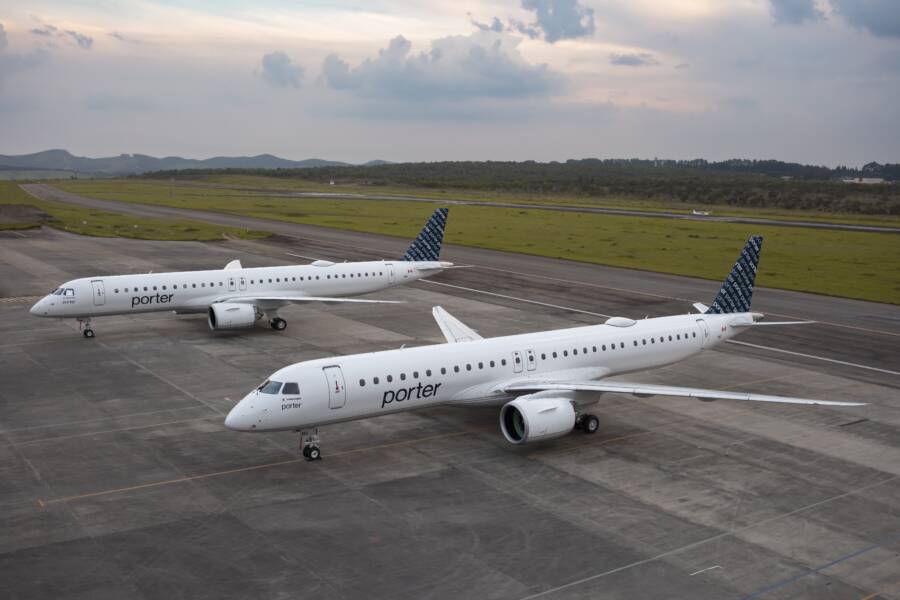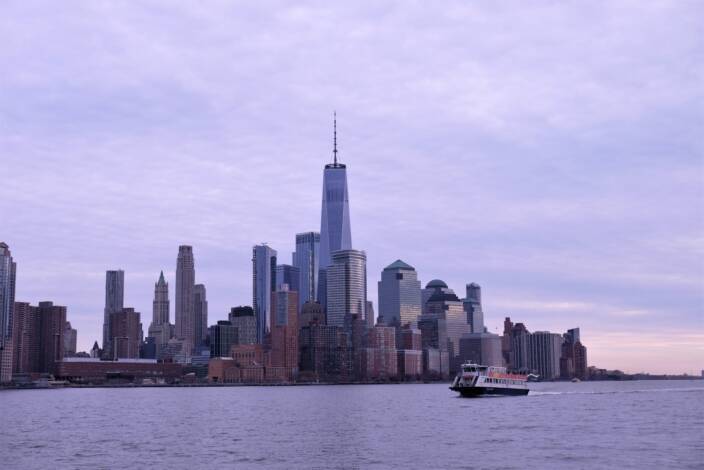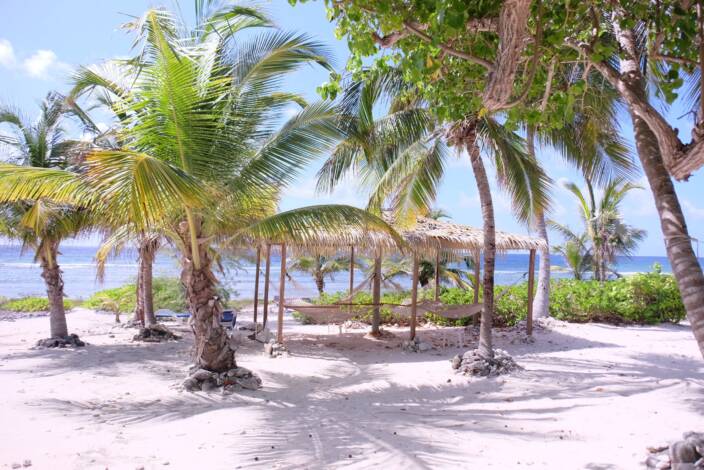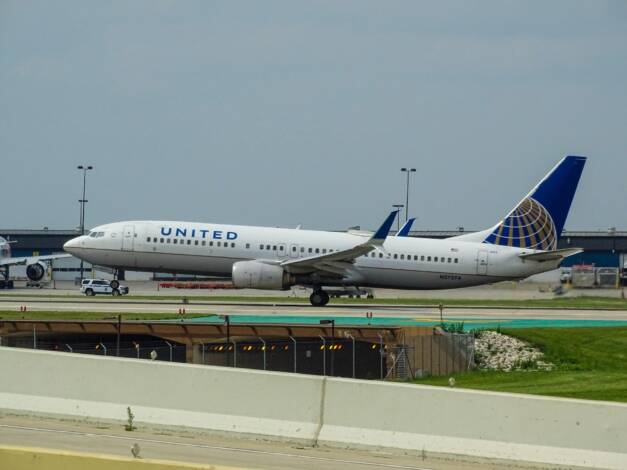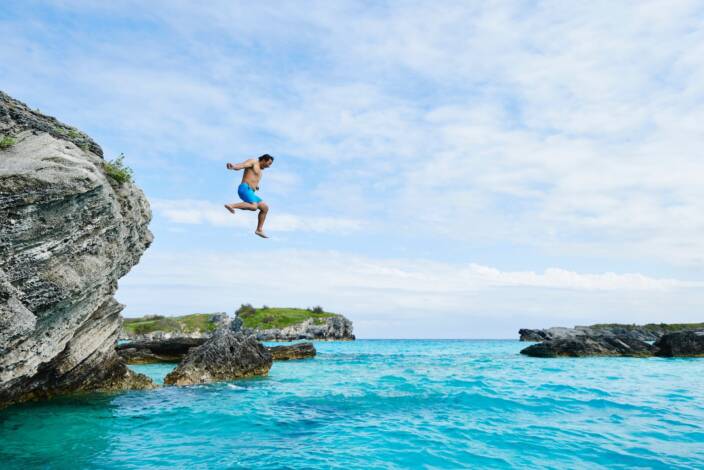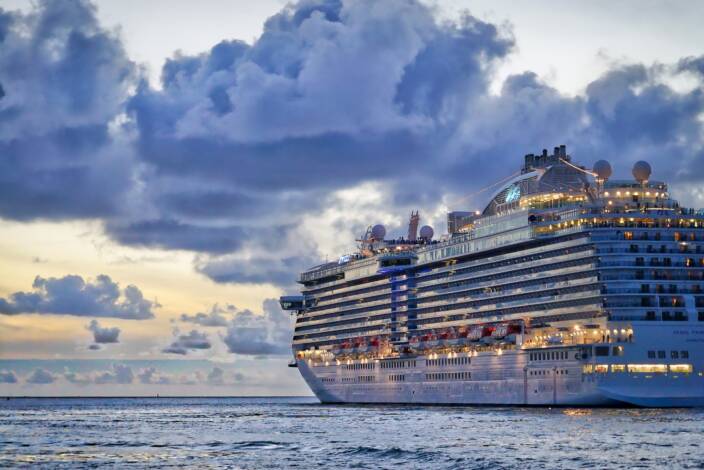
Cruise Lines Group Says Canadian Cruise Suspension Too Long, Hopes For Changes
February 4, 2021 Jim Byers
The leading cruise line group in the world says the Canadian ban on large cruise ships through the end of February of next year is too long.
The move also kills large ship cruising in New England and Alaska for the second year in a row.
“We understand and appreciate the government’s focus on combatting COVID-19 in Canada,” Cruise Lines International Association said in a news release. “At the same time, we are surprised by the length of the extension of the order. We hope to have the opportunity to revisit this timeline and demonstrate our ability to address COVID-19 in a cruise setting with science-backed measures, as CLIA members are doing in Europe and parts of Asia where cruising has resumed on a limited basis.”
“The pandemic is having a devastating impact on local businesses, and two years without cruising in Canada will have potentially irreversible consequences for families throughout the country. We stand ready to work with Canadian health and transportation officials to operationalize a path forward,” the group said.
The Canadian government earlier today said it will ban all cruise ships with more than 100 passengers through the end of February, 2022. That’s a big blow for tourism workers, hoteliers and others who rely on cruise ships stopping in British Columbia, Atlantic Canada and Quebec.
Because most cruise ships that depart from the U.S. have to stop in another country before they return home, the Canadian decision effectively bans not only cruises in Canadian waters but precludes large ship voyages for New England and Alaska for 2021. Unless the policy is changed, this will mark the second year in a row with no cruises for both regions.
CLIA also made the following points in its news release:
- CLIA members have agreed to adopt multiple layers of protocols informed by the insights and guidance of leading experts in health and science, including but not limited to:
- 100% testing for passengers and crew prior to embarkation
- Mandatory quarantine for crew prior to interaction with guests
- Expanded medical capabilities onboard
- Pre-arranged response logistics involving transportation and medical facilities
- Physical distancing measures
- Mask-wearing requirements
- Increased ventilation
- Cruise activity supports multiple sectors of the global economy, from transportation and aviation to food and beverage, lodging, manufacturing, agriculture, travel agencies and a robust supply chain that stretches across the globe.
- In 2019, the cruise industry generated a total of $4.25 billion in economic activity in Canada, a 33% increase from 2016. Moreover, growth in economic activity was accompanied by an increase in industry-supported jobs. In 2019, the cruise industry supported 29,000 Canadian jobs paying $1.43 billion in wages in 2019—a 26% increase in employment and 43% increase in wages since 2016.
- Cruising is resuming on a gradual, phased-in basis in Europe. CLIA members have sailed on a variety of modified itineraries from Germany, Italy, and Greece under strict protocols. These protocols have been developed by operators in collaboration with medical experts, scientists and health and government authorities, and have been informed by Guidance from the EU Healthy Gateways and European Maritime Safety Agency (EMSA).
- Since the beginning of July 2020, there have been over 200 sailings in Europe (and parts of Asia) with enhanced measures in place and approval from authorities in those regions.
- The success of these initial sailings demonstrates the effectiveness of a multi-layered approach and confirms that the new protocols are working as designed—to mitigate the risk of COVID-19 in a cruise setting.
About the Author





